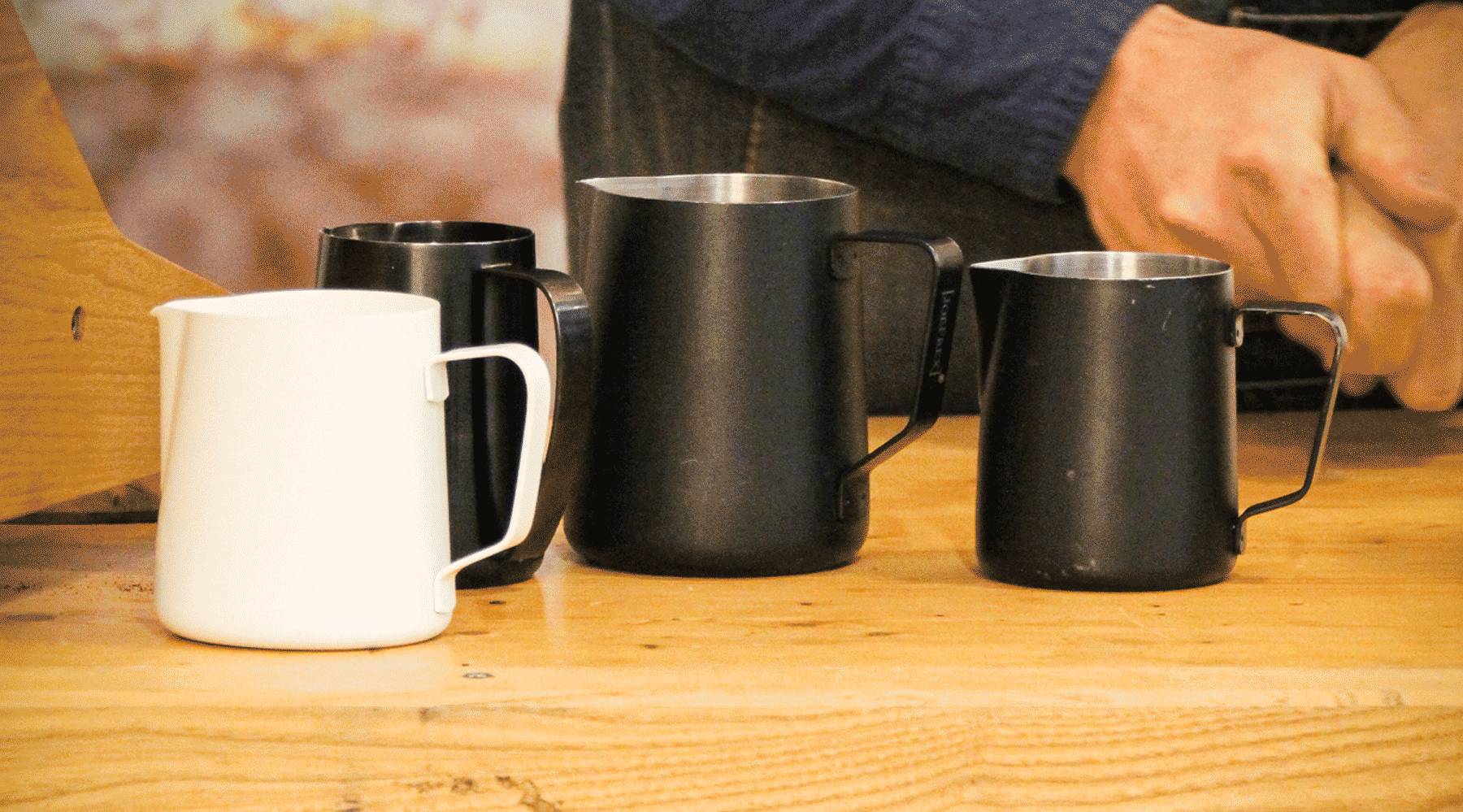Finally, it continues! Welcome to Part 5 of our online barista course ! Today and in the coming parts of the barista knowledge, we will dedicate ourselves entirely to one of the most popular coffee drinks in the world!
Any idea? This tasty drink is made with milk and comes from a country whose outline is reminiscent of a boot - Italy. By now you should have guessed which drink it is - it's the cappuccino. In principle, the preparation sounds very simple: a flavorful espresso is poured over warm, creamy milk and rounded off with a fine layer of foam. But it's not that simple. There are numerous factors that you should optimize during preparation in order to achieve a perfect end result. In today's edition we are devoting ourselves entirely to the topic of milk , i.e. the right milk for your cappuccino. Especially today, preferences and choices have changed, which also influences the taste and preparation properties of the cappuccino. In this article you will find out what properties these are and which milk is really perfect for your cappuccino! Elias Fischbacher from the Wildkaffee Rösterei wishes you lots of fun discovering.






